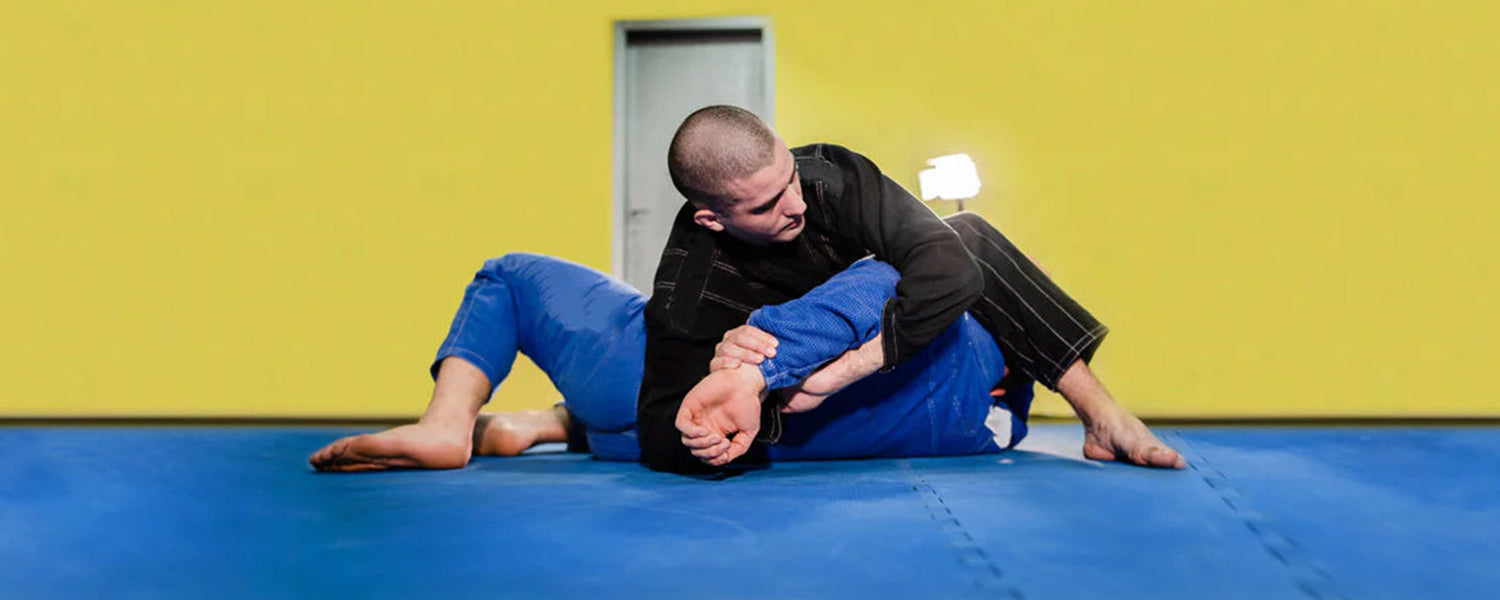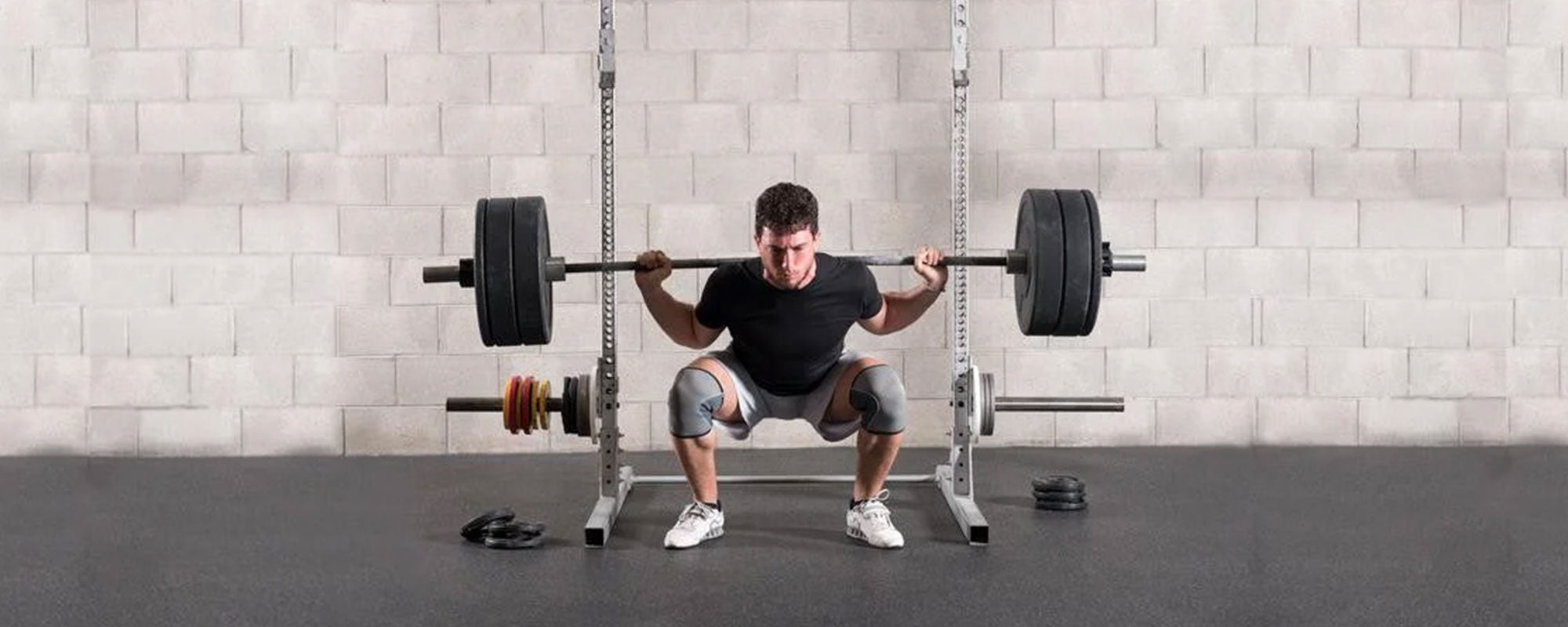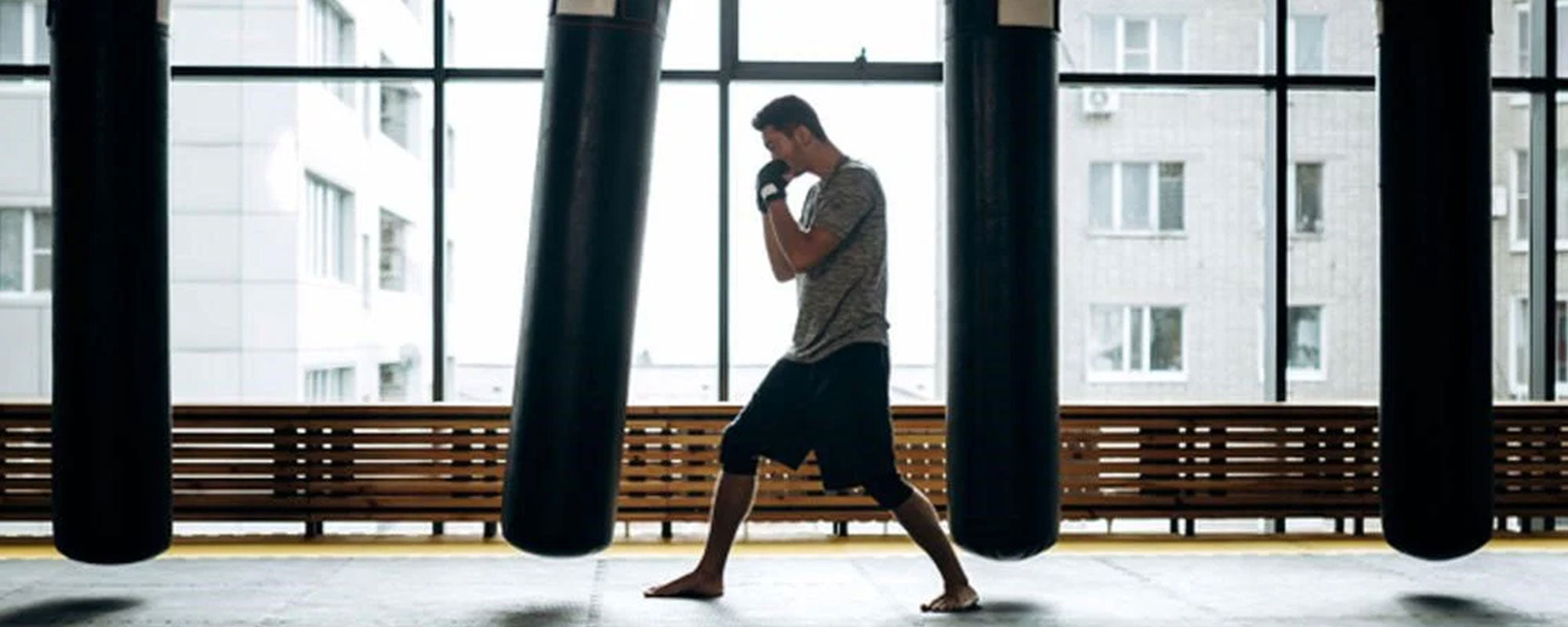Table of content
Shoulder locks are of great importance in Brazilian Jiu-Jitsu as their right application can result in making opponents tap out without taking much time. They are deadly enough that if opponents do not escape or tap out in time, they can cause serious damage to shoulder muscles and joints, such as muscle tearing, joint dislocation, or fractures to bones. They are used in both Gi and No-Gi BJJ competitions, but within the set limits and conditions by the IBJJF.
If you know how and when to apply shoulder locks, you can maximize the success rate of your submission attempts. In this post, you will learn some of the most important and effective shoulder locks, along with the proper technique and their origins.
1. What Are Shoulder Locks In BJJ?
In Brazilian jiu-jitsu, the locks that are focused on the shoulder joints to make the opponents tap out are called shoulder locks. The shoulder joint is one of the most mobile joints in our body and is an ideal place to target for a number of BJJ fighters. There are a variety of submissions, including Americana, omoplata, and kimura, that are applicable to this joint.
For a deep understanding of each lock and its impact on the shoulder joint, the below discussion is of great importance.
2. What Is The Legal Status Of Shoulder Locks In The IBJJF’s Ruleset?
Apart from the omoplata, all other shoulder locks are legal as per the IBJJF’s rule sets. Even omoplata is legal for grapplers over 16 years of age, from white belts to black belts. It means omoplata is prohibited only for kid grapplers. So, if you are an adult, all of the shoulder locks that are not based on slicers or intentional harm to opponents can be executed in all BJJ competitions.
3. The Most Powerful Shoulder Locks In BJJ
Shoulder locks are counted as one of the best ways of submitting opponents in BJJ matches. You can take advantage of these locks to make opponents tap out instantly. Some of the most effective shoulder locks that every BJJ fighter should learn are listed below.
3.1. Omoplata
Omoplata is one of the most important shoulder locks. This is a multipurpose move that you can use for many things, including submissions, crossovers to other positions, or for submission purposes. Besides BJJ, this lock is also popular in other martial arts like MMA, catch wrestling, Sambo, and Judo.
3.1.1. Origin
The omoplata has roots in Japanese judo and is also known as the Ashi Sankaku Garami. This was the final choice of a judoka when they did not have any other options while fighting. In BJJ, this move gained fame between the 3rd and 4th decades of the 20th century.
Though most BJJ practitioners of Gracie Jiu-Jitsu do not favor this move, fighters like Nino Schembri, who was a Black Belt under Carlos Gracie Jr., hold the credit for making this move popular. He identified the effectiveness of omoplata and began its use in his fights in the 1990s. That was the time when this technique became a key part of BJJ submissions.
3.1.2. How To Do?
Here is how you can perform omoplata from different positions.
- The basic setup for omoplata starts with a closed guard.
- Once you are in the closed guard position, you have to make a deep overhand hook on the arm of your opponent to isolate it. At the same time, you also have to restrain the other arm of your opponent at the wrist.
- Now swiftly transit to a side guard position on the same side as the hooked arm and move from blocking the other arm to a palm-facing position to push their face away from you.
- After that, bring your top guard leg over your opponent’s back to clear off the head and place your leg above the shoulder blade on the hooked arm.
- Leave the hooked arm grip and go for the grip on the opposite side of your opponent's hips.
- Now lie flat on the floor in a parallel position to your opponent and stretch out your legs while twisting your knees together to free your arms.
- In this course, the next step is to use your free hand by tightening the wrist on the overcooked arm.
- Finally, you should start shifting away from the opponent while simultaneously drawing your legs downward to bring them parallel to the floor.
For further learning, the following video by Howcast can help you effectively.
3.2. Tarikoplata
BJJ is one of the most flexible sports where you can learn or develop a new technique to get your opponents submitted. Tarikoplata is one of the finest examples in this regard. Tarikoplata is a joint lock that relies on isolating the shoulder and elbow joints of opponents, accompanied by the leg arm frame that helps the attacker to get leverage over both joints.
3.2.1. Origin
Tarikoplata has a short history, as it was developed in the mid-2010s by a young BJJ competitor from Norway named Tarik Hopstock. He developed the concept of this shoulder lock under the guidance of a Brazilian black belt Eduardo Rios led a Norwegian jiu-jitsu gym, named Frontline Academy.
3.2.2. How To Do?
You start tarikoplata from the bottom or the Z guard, and for that, it is a must to have good frames in order to stop the opponent from putting pressure on you. To get into this position, you need to push your opponent’s head away while bringing your knee in front of their face to block them from being able to prevent the submission. The second thing that you should do is to underhook the opponent’s arm with your free hand. Also, grab their elbow and bring it to your chest.
The next thing that you should be doing while executing this move is getting your leg over your opponent’s shoulder while circling your foot over their shoulder and head and placing your foot on your opponent’s hip.
This position allows you to go for a kimura grip, which will force your opponent to tuck their arms in. Here is your chance to go for the tarikoplata shoulder lock. For that, you have to go up on your shoulder while bringing your hip over their shoulder. Doing so enables you to move the bottom leg and push through it. After that, you should try pointing your heel toward the ceiling to hook your leg over your opponent’s arm.
This will help you trap your opponent’s wrist. Therefore, let your kimura grip go off, and grip your thigh instead. In this process, keeping your leg bent down on the opponent’s wrist will help you keep their arm trapped. Now, with your free hand, grab their gi pants. In the meantime, your far leg should be over your opponent’s head when you pull them. Your other foot should be on the floor.
When you make your opponent fall onto their back, leave their pants and put your hand on the mat and sit up. While sitting up, sit up on your opponent’s top with your foot under their arm, and at the same time, your other foot should step up to help you torque the opponent’s arm. Now, you can finish the move by taking your knee, going down, and rotating your elbow to the ceiling to make your opponent tap out.
The following video by BJJ Globetrotters in Action can help you learn the basics of this shoulder lock as Omar Yamak has explained everything clearly.
3.3. Kimura
If you want to be one of the great BJJ fighters, learning the kimura lock is essential as it is considered the bread and butter of Brazilian jiu-jitsu. This is also the best option if you are forced to choose a single submission. Kimura is one of the most diverse shoulder locks that can be executed from any position and is also the most powerful one. Even if you know how to place a kimura grip, this can be an advantageous thing during fights.
Kimura is a shoulder lock that can even help you hit sweeps or takedowns. This is the reason behind the immense importance of this technique for grapplers, and why they build their game around it.
3.3.1. Origin
The Kimura technique was used in submission wrestling even before the development of the jiu-jitsu sport. In submission wrestling, this is referred to as a double wrist lock. This lock is also used in Judo and is known as the ude-garami. This move was not very well known or popular in BJJ before the historic fight between Helio Gracie and Masahiko Kimura.
On his visit to Brazil, Masahiko Kimura challenged Helio to a grappling bout. Kimura used this lock and dominated the smaller Gracie. In that fight, Gracie refused to tap out and, as a result, got his arm broken two times. After that fight, the kimura lock became popular and is now considered an essential tool in the arsenal of every BJJ fighter.
3.3.2. Does A Kimura Dislocate The Shoulder?
Yes, this can happen if you submit your opponent with the kimura lock for a long period of time. It can result in shoulder dislocation or broken arms for them. You can estimate the level of pressure you are putting on the opponent from the tapping motion. Failing to escape or taping out too late can result in dislocation of the shoulder and breakage of the arm.
Also read: 5 Most Common BJJ Injuries That You May Face
3.3.3. How To Do?
The kimura can be done from a variety of positions, but most BJJ athletes enter into it from a full guard position. Here are the steps that can help you learn how to perform a kimura lock from the full guard position effectively to make your opponent tap out instantly.
- You start by controlling the opponent’s arm on the same side of your body.
- Now hold the controlled arm’s wrist firmly with your hand that is closest to your opponent’s head.
- Grab your own wrist and pull your opponent’s arm upwards while their elbow should be facing your face.
- Here, maintaining control is essential. For that, slide your other arm through your opponent’s elbow and grab your opposite arm’s wrist. While doing so, ensure that your opponent’s trapped arm and elbow are pressed tightly into your chest, maintaining control. Losing control can help your opponent to get out of the mess or even go for a reversal.
- Now, twist your torso to put intense pressure on your opponent’s shoulder without a noticeable effort.
- You should be performing all the above steps in a quick motion to make your opponent tap out.
For more learning, watch the following video by Howcast where this move is explained in detail.
4. Takeaway
So, if you want to guarantee your submissions, go for shoulder locks, which are also known for their deadliness and effectiveness in making opponents tap out. Shoulder locks like Omoplata, Tarikoplata, and Kimura are found to be incredibly effective for making submission attempts successful.












Leave a comment
This site is protected by hCaptcha and the hCaptcha Privacy Policy and Terms of Service apply.